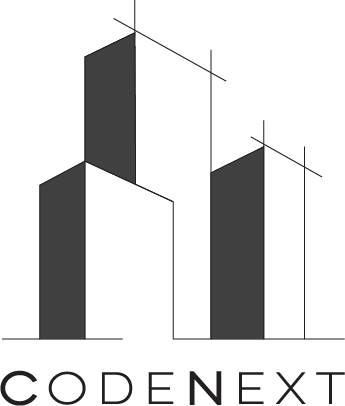Clearing Vents to Prevent Carbon Monoxide Buildup in Winter
Winter brings a unique set of challenges to homeowners, from heavy snowfalls to freezing temperatures. While we all love the cozy warmth provided by our home heating systems, it's important to recognize that certain seasonal conditions can introduce hidden risks—one of which is carbon monoxide (CO) buildup. This colourless, odorless gas can be deadly if not managed properly.
What is Carbon Monoxide, and Why is it Dangerous?
Carbon monoxide is a byproduct of incomplete combustion. When fuel-burning appliances like furnaces, dryers, water heaters, or fireplaces are operating, they release gases that are usually vented out of the home. However, if these vents become blocked or obstructed, these harmful gases have no places to go.
In high enough concentrations, carbon monoxide can cause symptoms like dizziness, headaches, nausea, confusion, and in worst cases, death. This risk becomes particularly heightened in the winter months when homes are sealed tightly to preserve heat.
How Snowstorms Can Lead to Vent Blockages
After a snowstorm, one of the first things you should do as a homeowner is assess the condition of your vents. Snow, ice, and debris can accumulate around the vents and block the exhaust of fuel-burning appliances. Many homes have vents located near the ground, and snowdrifts can easily cover them. Additionally, ice and snow can block chimney flues, further restricting airflow and causing dangerous CO levels to rise.
Preventing Carbon Monoxide Buildup After a Snowstorm
Clear Snow and Ice from Vents: Take a moment to inspect and clear snow, ice, and debris around your vents and exhaust pipes. If your vents are located on the ground or near the roofline, make sure they are free from snow buildup.
Check Chimneys and Roof Vents: For homes with a fireplace or wood stove, ensure that your chimney and roof vents are also clear of snow and ice. This can help prevent a blockage that would force dangerous gases back into the home. If you’re unsure, consider having a professional inspect your chimney regularly.
Install Carbon Monoxide Detectors: While clearing vents is an essential step, it's essential to have carbon monoxide detectors installed throughout your home. These devices provide an early warning system in case dangerous CO levels begin to build up. Be sure to test the detectors monthly, and maintain and replace according to manufacturers specifications. It is recommended to keep your CO detector's manual with your home fire escape plan.
Schedule Regular HVAC Maintenance: Preventative maintenance is essential for ensuring that your heating system is functioning properly. Schedule regular inspections of your furnace, water heater, and other fuel-burning appliances to ensure they are venting properly and are free from blockages. A professional HVAC technician can spot potential issues before they become dangerous.
Remember, carbon monoxide is a silent threat—it has no smell, no taste, and can quickly become lethal without any warning signs. By taking preventative measures such as clearing vents, checking your carbon monoxide detectors, and scheduling regular maintenance, you’re ensuring the safety of your home and loved ones.
